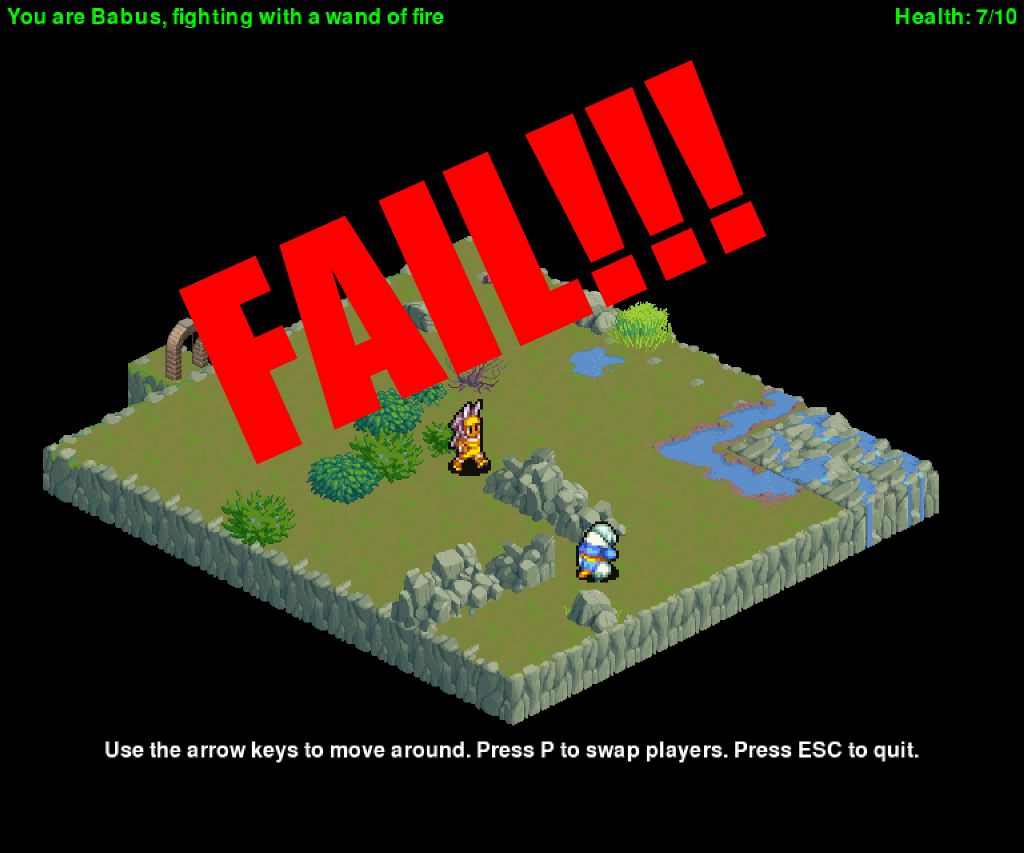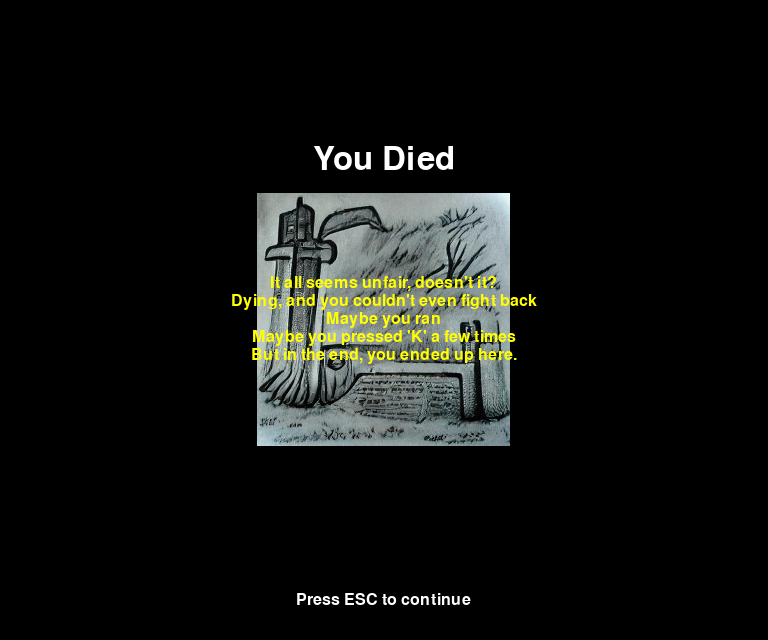Yesterday was the day I officially started the 7DRL 2022 “Build a Roguelike in 7 Days” challenge. I can now reveal the game concept….
Other Games
Non-MMO games.
7DRL: Building an Engine — I Screwed Up.
I really thought I had more time. I thought I had a week to integrate the new Tiled-based map creation tools, and to make a workable combat system. I did not. I am entirely out of time. 7DRL starts tomorrow.
7DRL: Building an Engine — Winner.
The last element of the 7DRL engine’s “must haves” — a win condition for the player. With that out of the way, let’s talk about localization, combat, and making the game look a little less like crap.
7DRL: Building an Engine — and it ends.
Working through my checklist of “must have” features for the game.
7DRL: Building an Engine — It Begins
Yesterday I mentioned a few things that were required to be part of any roguelike game engine. Today, I add two of them — an introduction, and a way for the player to be defeated.




